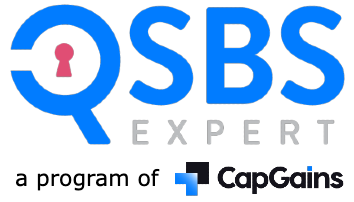A “SAFE” note stands for simple agreement for future equity. SAFE notes were invented by the famous Silicon Valley accelerator fund Y Combinator. Since 2013, SAFEs have become popular with founders because they were initially supposed to be fairer to founders, but that is not always the case. A plethora of founders has ridden the “SAFE” wave especially when it comes to bridge rounds, utilizing SAFEs as a bridge loan to kick the can down the road for the next valuation. If you are a founder take a second look at the pro forma cap table because SAFEs have been earmarked as bad omens for future exits.
SAFE notes are similar to convertible notes in the fact that it allows founders to raise money without putting a price tag on their company, but unlike convertible notes SAFE notes are not considered convertible debt. SAFE notes are just a simple agreement for future equity with no interest or future payment obligations. SAFE notes will convert either at the discretionary of the investor or at the next priced round, depending on the conversion clause in the SAFE note agreement. Just like convertible notes, SAFE notes will convert at either (a) a discount, or (b) a cap. It depends on the pre-money valuation of the subsequent priced round. The cap is intended to protect the investor from being diluted in a subsequent high valued round and the discount is intended to make up for the risk of the investment. Below is an example how to calculate a SAFE note conversion rate.
An investor invests $1 million in a SAFE note vehicle that converts at either a 20% discount or a $10 million cap. In six months the company is raising more funding at a $10 million or $15 million valuation. *There are two options so that we can give you two scenarios below.
If the company raises at a $10 million valuation the SAFE note will convert at a discount but if the company raises at $15 million the note will convert at the cap. For a valuation cap conversion to be more favorable than a discount conversion the pre-money valuation must be the valuation times the discount (e.g. $12 million = $10 million x (1 + 20%)). At a $10 million pre-money valuation or $10 per share, the note would convert at $8 per share ($10 x (1 – 20%)). Therefore, the investor would purchase 125k ($1 million / $8) shares as opposed to the new investor purchasing 100k shares for $1 million ($1 million / $10). The investor’s shares would be worth $1.25 million (125k x $10).
At a $15 million valuation the cap would have been met; therefore, at $10 per share the note would convert at $6.67 (($10 million / $15 million) x $10). The investor would own 149,925 shares ($1 million / $6.67) as opposed to the new investor who paid the same for 100k shares ($1 million / $10). The investor’s shares would be worth $1.49 million (149k x $10). In both examples, the investor immediately had a hefty gain 6 months later because they chose to take on the risk of the early-stage company, but the note diluted the founders’ equity position more than a priced preferred stock round.
A frequently asked question is do SAFE notes qualify for QSBS?
This article does not constitute legal or tax advice. Please consult with your legal or tax advisor with respect to your particular circumstance.
